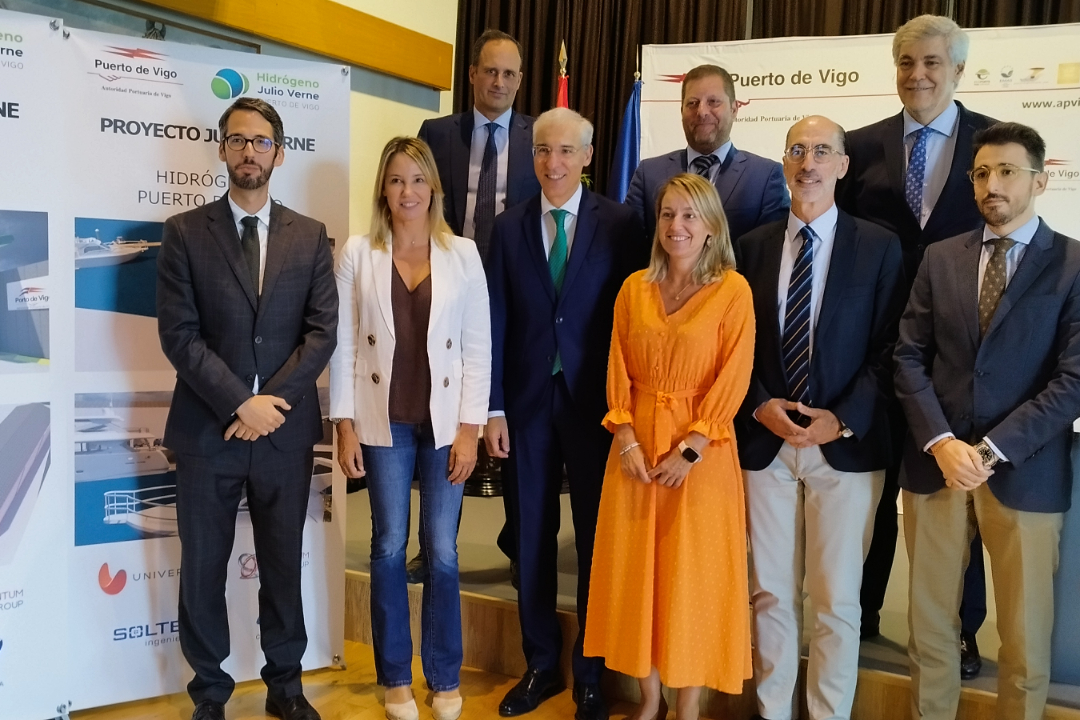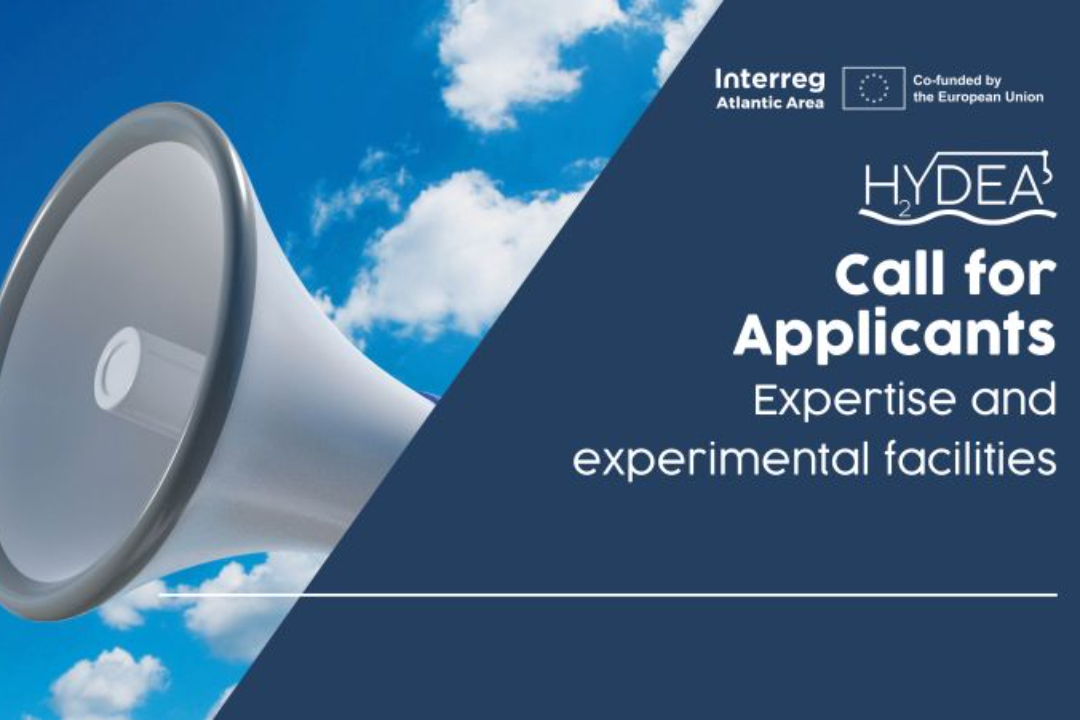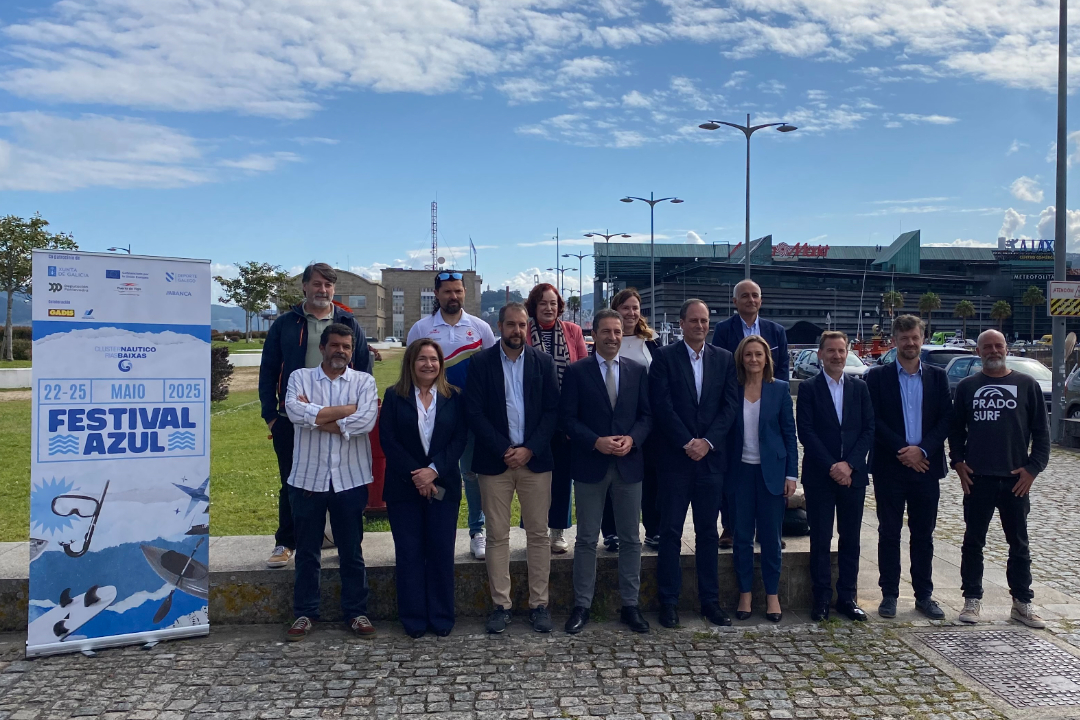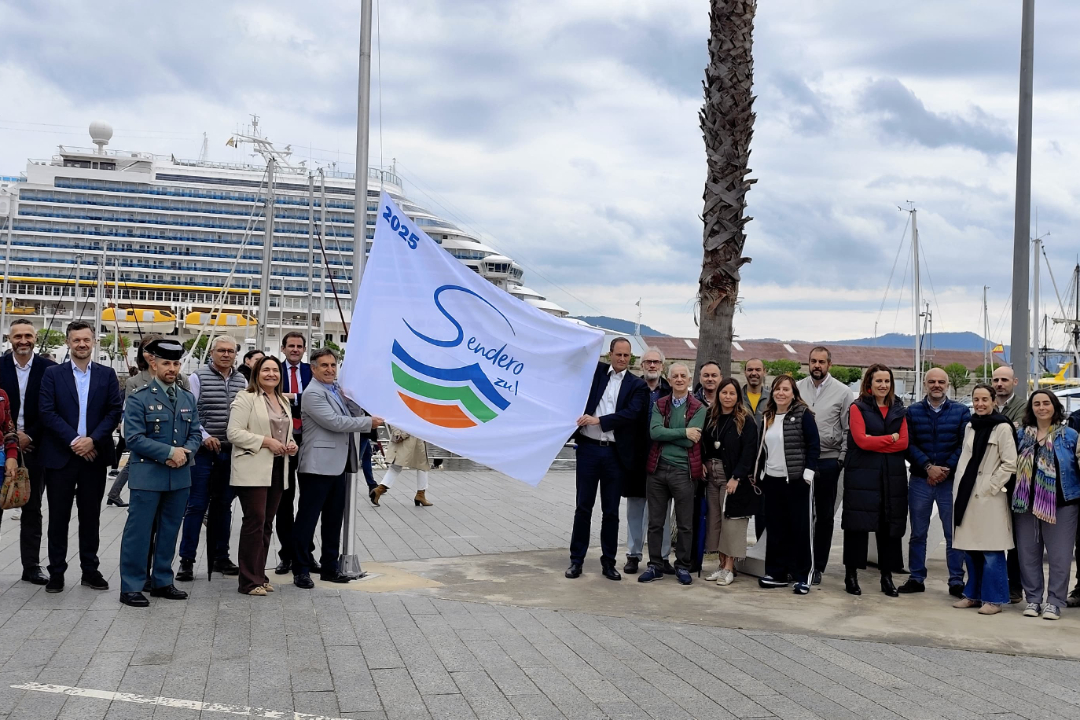THE PORT OF VIGO WILL HAVE IN 2024 THE 1ST PUBLIC GREEN HYDROGEN STATION IN GALICIA
Sep 7, 2022, 1:48:00 PM

Following the guidelines of the actions framed in its Blue Growth 2021-2027 strategy, the Port Authority of Vigo leads an initiative that will allow not only to have the first public station of green hydrogen in Galicia, but also to use this green fuel in land, maritime and industrial mobility.
This was announced this morning the president of the Authority of the Port Authority of Vigo, Jesus Vazquez Almuiña, in the official presentation of the project, in which he was accompanied by the first vice president and Regional Minister of Economy, Industry and Innovation, Francisco Conde, and the CEO of the firm Julio Verne Hidrógeno Puerto de Vigo, SL, Julio Hidalgo.
According to Vázquez Almuiña, this is a pioneering and unique initiative in the generation and local dispensing of green hydrogen that has already been recognized by the European Association of Ports (ESPO) as an example of good practice, and will differ from other projects, both in Spain and internationally, by providing for the implementation of a hydrogen station for public access in the port area and, at the same time, to facilitate its use for different applications of land mobility and marine propulsion.
This project, known as "Jules Verne" will serve to demonstrate the technical and economic feasibility of the generation and dispensing of green hydrogen in port logistics and will initiate the development of the necessary applications for its use in maritime mobility as a differentiating and leadership element for Galicia in these technologies.
Also, this project, led by the Port of Vigo within its commitment to Blue Growth, will develop the value chain of green hydrogen not only in Vigo and its area of influence, but also in Galicia, with the generation of quality employment and the creation and diversification of companies in the use of these technologies, in addition to the development, training and growth in R+D+i through the leading technology centers available in the Community.
Participants
The "Jules Verne" project arises from the collaboration between the Port Authority of Vigo and the companies promoting it: Univergy, Quantum Group, Soltec Ingenieros and the Anfaco Cecopesca Technology Center. In addition, associations such as Aclunaga, the technological centers CTAG and ENERGYLAB and the companies Neuwalme and Exportrends participate as technical collaborators. All of them combine knowledge, experience and technical and commercial capacity to successfully and solvently develop a project of this relevance.
Also interested and supporting the project are more than 15 port operations and land transport companies, as well as the ship owner Botamavi and the shipyard Aister, which have declared their interest in the development and operation of green hydrogen consumption applications.
Scope of the project
For the production of green hydrogen, a 1.4 MW electrolyzer will be used in the first phase, which will generate around 570 kg of hydrogen per day (213 mt/year), enough to supply an equivalent fleet of between 35 and 45 heavy vehicles, to which one or two small ships will be added for port operations.
Current status
Currently, the project, which would involve an initial investment of 6M€, has been submitted to the "Mechanism for Recovery and Resilience" funds. The company Julio Verne Hidrógeno Puerto de Vigo, SL, has already applied for the concession and the project is in the public exhibition phase. Also, 80% of the hydrogen consumption is already closed for industrial use. The plant will be operational in January 2024.
The Vigo estuary
As Vázquez Almuiña stressed, the Vigo estuary and its port and metropolitan areas offer ideal conditions for the development of the green hydrogen value chain due to its rich and varied business ecosystem, as it brings together the automotive, naval, fishing and transport sectors.
Likewise, due to its geographical characteristics, the Vigo estuary also presents the ideal scenario for the intensive testing of prototypes of small/medium length and short distance boats, similar to other similar initiatives that already exist in Norway or California.
"It is about giving a good economic and social boost by the Port Authority of Vigo, as leader and facilitator of the project, to the area, through the implementation of this new energy vector together with its benefits for the development of local companies, which in turn will generate quality and lasting employment," he stressed.
Jules Verne and the Bay of Vigo
The project is named "Jules Verne" because, in addition to the well-known quote in his book "The Mysterious Island" about hydrogen ("...one day water will be used as a fuel, that hydrogen and oxygen which constitute it, used alone or together, will provide an inexhaustible source of heat and light, of an intensity of which coal is not capable. ..."), the famous French writer has a special relationship with the Vigo estuary.
The Bay of Vigo is expressly mentioned in his book "20. 000 Leagues Under the Sea" (" ...well, Professor Aronnax, Captain Nemo answered me, we are actually in that bay of Vigo, and the only thing left for you to do is to investigate the mysteries of the place.... ") to which, on February 18, 1868 (in the fiction of the book), the Nautilus captained by Nemo arrived in search of the treasure supposedly sunk along with the galleons in the "Battle of Rande" that took place in the estuary in October 1702, during the War of the Spanish Succession.
Roadmap
The Roadmap for hydrogen in Spain foresees a first phase of installation of 600 MW of electrolyzer power by 2024 and at least 4 GW by 2030.
In the same time horizon, the European Hydrogen Strategy establishes as a target for Europe the installation of 6 GW (2024) and 40 GW (2030) of electrolyzers.
Europe is betting heavily on the massive use of green hydrogen to accelerate the energy transition. The most conservative estimates indicate that it will be necessary to triple the renewable power currently installed in order to meet the goal of an emission-neutral economy by 2050 in the coming years.
Related projects


